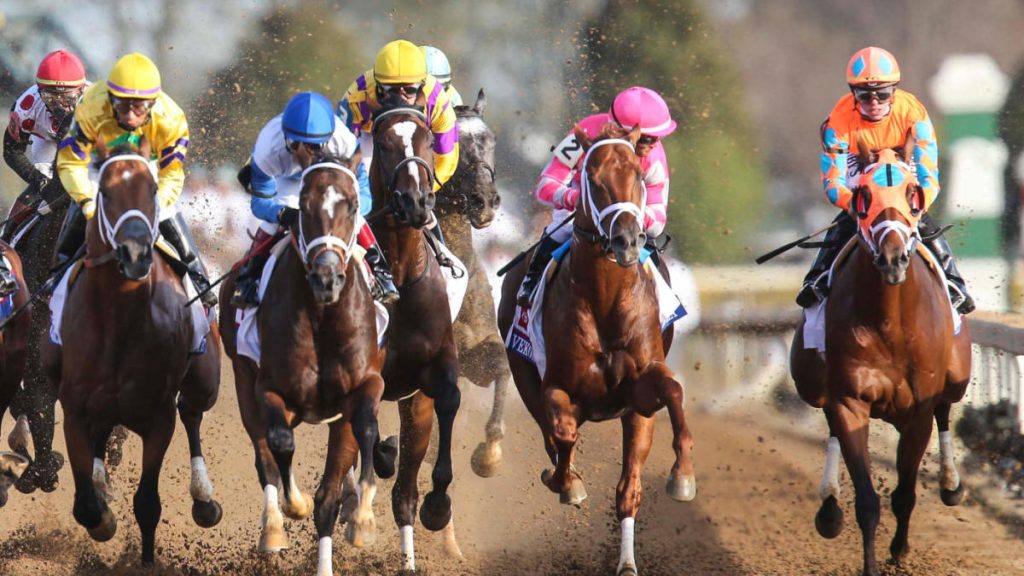Scoreboard Secrets – Unraveling the Mysteries of Sports Broadcasting Analysis
Sports broadcasting analysis is an intricate dance between statistics, storytelling, and intuition, with commentators tasked not only with narrating the action but also deciphering its underlying dynamics. Yet, beneath the surface of this seemingly seamless delivery lies a realm of secrets—scoreboard secrets—that unravel the mysteries of sports broadcasting analysis. At its core, this craft is about more than just reporting scores; it is about dissecting the nuances of gameplay, predicting strategies, and decoding the psychology of athletes. Take, for instance, the art of statistical analysis, where numbers morph into narratives. Beyond the raw data of points scored or yards gained, analysts delve into advanced metrics, revealing insights that elude the casual observer. Whether it is the efficiency of a quarterback’s passing or the defensive prowess of a basketball team, these metrics paint a richer portrait of performance. Moreover, sports broadcasting analysis is a storytelling endeavor. Commentators are not merely reciting events—they are crafting narratives that captivate audiences. They infuse the game with drama, tracing arcs of triumph and defeat, heroism and heartbreak.

Through their words, they immortalize moments, turning ordinary plays into legends. Yet, storytelling in sports analysis is not confined to the past; it is also about foresight. Analysts must anticipate the unfolding narrative, predicting pivotal moments and potential game-changers. They become seers, peering into the future of a match and crafting narratives yet to unfold. Intuition is another vital component of sports broadcasting analysis, a sixth sense honed through years of experience and immersion in the game. While statistics provide a framework and storytelling adds emotion, intuition fills in the gaps, MLB중계사이트 offering insights that defy quantification. It is the gut feeling that a momentum shift is imminent or the subtle cues that reveal an athlete’s mindset. This intuition is not just about making educated guesses; it is about reading between the lines of the game, deciphering its unspoken language. Yet, amidst the artistry of sports broadcasting analysis, there are secrets hidden in plain sight—subtle cues and codes that escape the untrained eye.
Consider the language of commentators, filled with cryptic phrases and insider jargon. From pick and roll in basketball to zone blitz in football, these terms form a lexicon that unlocks deeper layers of understanding for seasoned fans while mystifying newcomers. Likewise, there is the symbiotic relationship between analysts and their audience—a dynamic dance of feedback and interpretation. Viewers are not passive consumers but active participants, decoding the commentary and forming their own narratives in response. Furthermore, there is the strategic use of visuals, from elastrator diagrams to replay angles, employed to dissect key moments and illuminate complex tactics. Behind the scenes, production teams orchestrate this visual symphony, seamlessly weaving together footage and analysis to enhance the viewer experience. Yet, for all the sophistication of modern technology, there is an enduring magic to sports broadcasting analysis—a human element that transcends pixels and pixels. It is the voice crackling over the airwaves, the excitement building with each play, the shared camaraderie of fans united in their love of the game.




